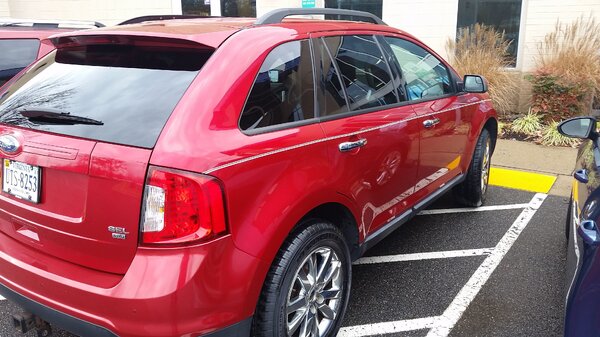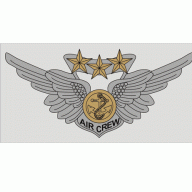-
Popular Contributors
-
Posts
-
Time for a bunch of you to look-up "TRAMLINING". Selling tires way back when, taught us all about that problem with the grooved freeways in S. Cali. Especially with the wrong sidewall configuration.
-
Feeling adventurous? These go in your side mirrors. $18 https://store.ijdmtoy.com/products/2-amber-33-smd-sequential-led-arrows-for-car-side-mirror-turn-signal-lights https://store.ijdmtoy.com/products/2-super-red-33-smd-sequential-led-arrows-for-car-side-mirror-turn-signal-lights
-
$47 for either of the kits. https://store.ijdmtoy.com/products/white-lens-sequential-blink-amber-led-side-mirror-lights-for-ford-edge-mk4-focus https://store.ijdmtoy.com/products/smoke-lens-sequential-blink-amber-led-side-mirror-lights-for-ford-edge-mk4-focus
-
My PTU made a noise similar to this before they replaced it. Gets louder with speed. (Lack of lubrication.) .
-
My current edge has this problem and I am pretty sure it is a tire tread pattern issue with grooved pavement. The bridgestones I'm driving on came new with this car (used purchase) and they have three deep center channels that run the circumference of the tire. It is my theory that these channel edges catch the grooves and walk with them until they change direction leading to the 'walk back and forth' motion from the rear end. It is my belief that any tire with pronounced center channels will have this problem. I've driven the same grooved roads before with nokian tires and not experienced the same motion. This is my professional amateur pseudoscientific theory of tire drift on grooved pavement.
-
I almost always have this "issue" with new tires, especially Michelins. But after a couple of thousand miles, it goes away. I still stick with Michelins, as I've been using them forever, and never had any problems with them (above temporary issue noted).
-
Couldn't get the link to open. How about a local junk yard? If they're push pinned on, easy enough to pop off a wrecked car. .
-
After re-reading previous, on the standard hvac setups, the heat/cold is controlled by an actuator on one side or the other (forget which) and has a plastic rod that extends over to the other side to control that side. I've seen a report where the rod broke. (I think it controlled the passenger sidevand the rod simultaneously controlled the drivers side. Easiest way to check is to watch the heat/cool door on the drivers side and switch between heat & a/c. If the passenger door moves but the drivers doesn't, you found your problem. If both move, the core is partly clogged. On the duel systems, each side is controlled separately with separate actuators. There is a history of these actuators failing in the Ford line. Its possible that the core is clogged again. Rather uncommon however. Most common cause is by using different coolants. Mix the wrong types are they congel forming a thick goo, and block part of the heater core. Never read where a flush cleared it. Think it would be better to disconnect the heater hoses and do a power flush just on the heater core. I did this many years ago by connecting the harden hose to one side heater hose and opening the tap. (Back then, Prestone sold a kit, a tee, to tap into your heater hose with a garden hose threaded connection on the top of the tee. Designed to do a flush at each coolant change.) Anyway, it worked. (But I'm not advising. Heater cores are made cheaper today.) .
-
Lack of traction due to the low-friction surface. First thing I'd look at are the tires. (BTW, AWD or FWD)? If are all 4 tires same tread? Good tread? Any bald spots? Are all tires set at 35 psi? (Over pressure will cause wander, even on dry roads, but will magnify on snow.) Are these a good brand of tires? (Or did the dealer slap on a set of cheap junk to make it look like it had new tires?) (All tires perform worse on snow, but cheap tires tread design will perform really bad on snow.)
-
PayPal goods and services. I will send you a DM with info.
-
-
Topics










